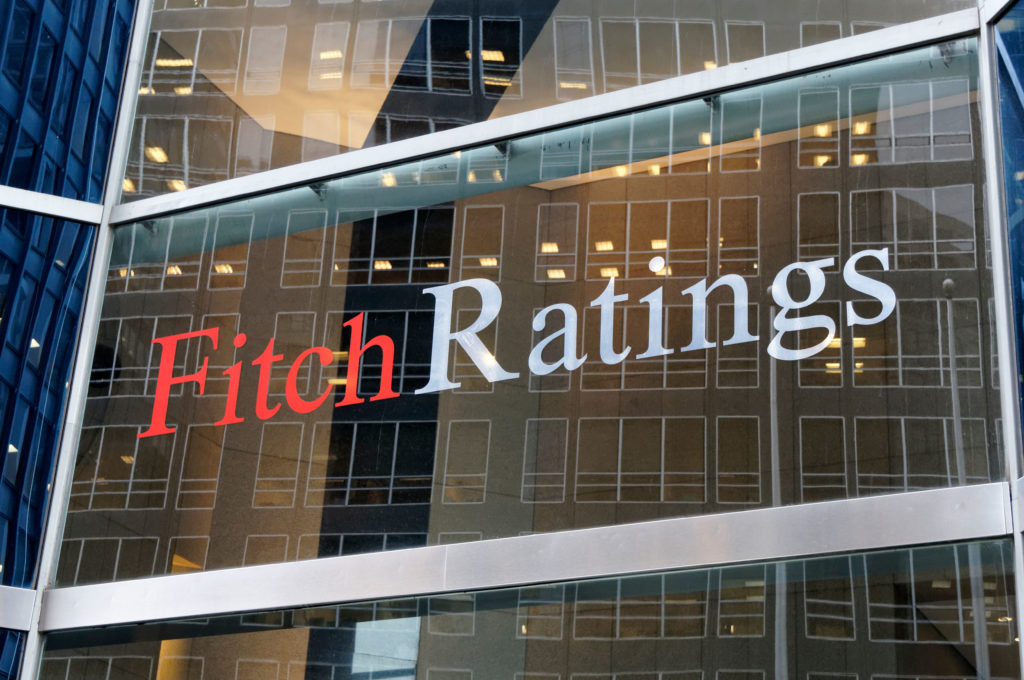TBILISI
(Read the full report on fitchratings.com)
Fitch Ratings has revised Georgia-based JSC Terabank’s Outlook to Stable from Negative, while affirming the bank’s Long-Term Issuer Default Rating (IDR) at ‘B+’.
Terabank is ranked eighth by total assets among 15 Georgian banks, with a 2.5 percent share of loans at the end of the first quarter of 2021 and a large credit exposure to small and medium-sized businesses and micro-lending segments (58 percent of gross loans).
“The revision of the Outlook to Stable reflects reduced pressures on Terabank’s credit profile both from
the pandemic and contraction of the Georgian economy in 2020 by 6.2 percent,” Fitch said in a statement.
“We expect the economic recovery in 2021 at 4.3 percent to support the bank’s revenue, which should be sufficient to cover residual credit risks from the pandemic without jeopardising the bank’s capital position.”
The agency said the IDR of Terabank was driven by its standalone profile, as captured by its Viability Rating (VR) of ‘b+’.
The bank’s impaired loans were 4.1 percent of gross loans at the end of the first quarter of 2021. Those were only moderately covered by specific loan loss allowances at 34 percent, reflecting the bank’s reliance on collateral. At the same time, coverage of impaired loans by total loan loss allowances was a reasonable 98 percent.
Terabank’s operating profit declined to 0.3 percent of regulatory risk-weighted assets (RWAs) in 2020, from 2.5 percent in 2019, driven by an increase in loan impairment charges to 2.3 percent of gross loans in 2020,
from below 1 percent in 2017-2019.
Fitch said that the bank’s pre-impairment profit was a reasonable 2.8 percent of gross loans in 2020, albeit down from 3.3 percent in 2019, due to narrowing interest margins.
The bank’s cost-to-income ratio improved to 52 percent in 2020 from 55 percent in 2019, supported by reduced personnel and marketing expenses.
Terabank’s Fitch core capital ratio declined to 13 percent at the end of 2020 from 15 percent a year earlier, driven by resumed loan growth amid the devaluation of the lari and weak internal capital generation.
Terabank is primarily funded by customer deposits (76 percent of all liabilities in 2020), which are diversified
between retail (36 percent), corporate (29 percent) and state-related (11 percent) clients.
“Refinancing risks are manageable in light of moderate upcoming wholesale funding maturities at 4 percent of liabilities in the next 12 months,” the rating agency said.
The bank’s liquidity buffer covered a reasonable 19 percent of customer accounts at the end of the first quarter of 2021.

